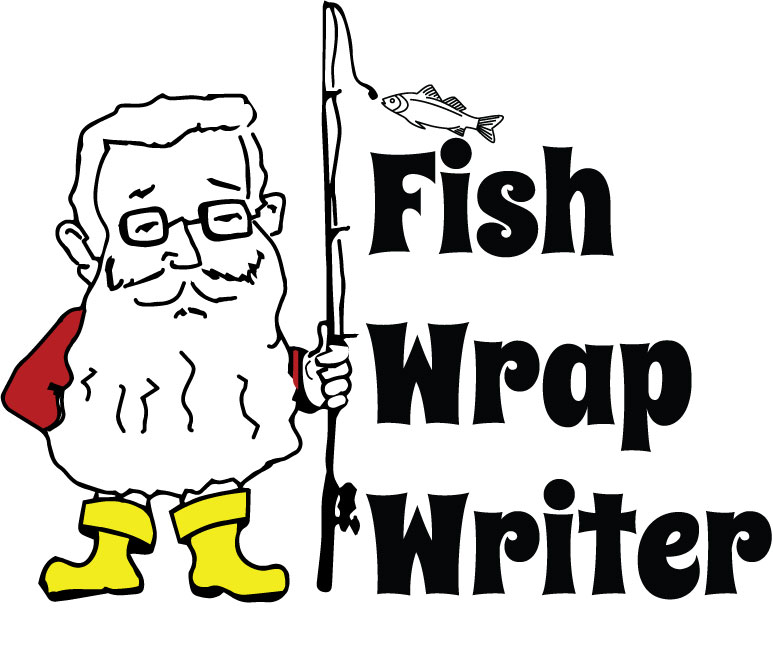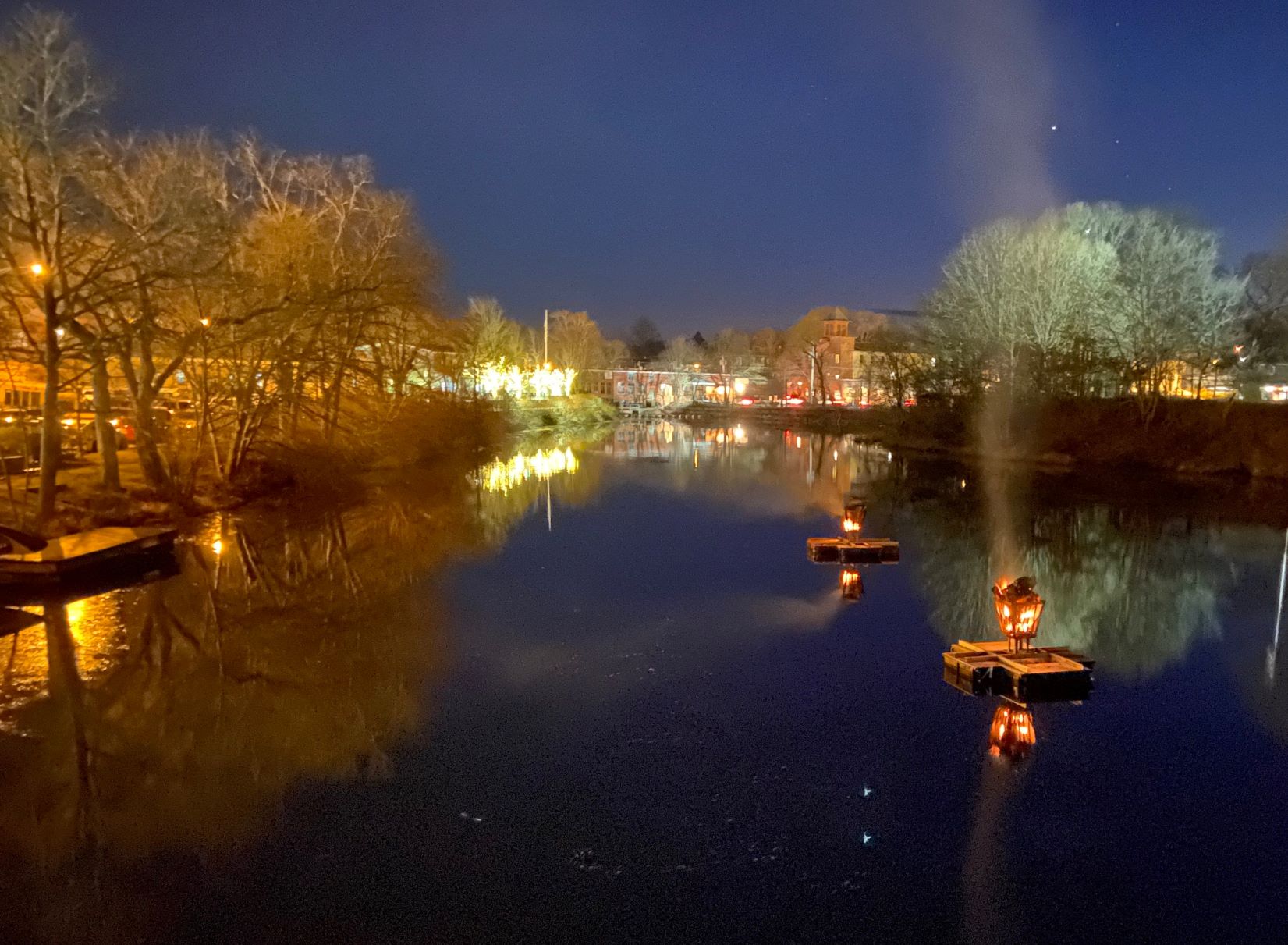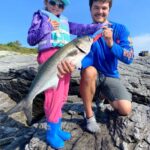Rhode Island’s Trout Unlimited Chapter welcomes a new year with their popular and important Trees For Trout program. RI TU Chapter 225 President Glenn Place has worked with RIDEM Biologist Corey Pelletier and Dana Kopec, Division of Fish and Wildlife’s Aquatic Resource and Hunter Safety Education program Technical Assistant, to ensure Trees For Trout returns to make collecting trees even more engaging and fun for everyone. Trees For Trout serves two significant purposes but is just one day so don’t procrastinate recycling your tree. Trees For Trout diverts conifers from landfills and Woodsman chippers but more importantly, places them in areas critical for protecting habitat and refuge while rebuilding river banks. It’s amazing what a tree will do for a river.
“We are particularly happy this year to partner with the Aquatic Resource Education division of RIDEM to offer an opportunity for folks and families of all ages to come and drop off their tree and enjoy a day filled with fly tying lessons for beginners, with all equipment and materials provided, offered at 9am, 10am, 12 pm and 1pm, an introduction to freshwater fishing/fly fishing at 11am and 2pm, kid’s indoor fishing activities such as magnetic fishing and a species identification game offered throughout the day,” Glenn said. On their first year, TU members and RIDEM staff collected forty trees, which made a difference. It’s easy to toss a tinseled tree to the curb or over a stone wall and changing post-holiday traditions is tricky but last year, more than 250 trees were donated. Here’s how trees help.
Trees For Trout Returns for 2022

RIDEM and Trout Unlimited Chapter 225 volunteers stack Trees For Trout
“With the degradation of banks and stream beds in the Upper Wood River Watershed, RIDEM/RITU have identified areas in need of restoration from erosion,” Glenn Place said. He continued, “As a result of the naturally sandy substrate of the Arcadia Management area, most have occurred from high water events like the floods of 2010. The Trees For Trout program offers the best opportunity for the river to ‘heal’ itself naturally by using conifer revetments installed by RIDEM and RITU Volunteers, securing stream banks and narrow shallow areas of the river. The trees collect sediment and debris, and form a new channel that is faster, deeper, and colder. With the revetments, the river holds more bends, and develops better habitat for brook trout. As an extra benefit, the new channel is also more resilient to flooding and improves the rivers ability to access the natural floodplain, preventing erosion from high water events.”
For background, there was a period when we higher thinkers thought it best to straighten and refine wild streams, often to meet personal, visual needs, accommodate demands of progress or ease access to fish who actually needed all those curves and fallen trees. Then some forward thinkers discerned that when structure and bends are removed because someone tires of four weight fly line piling up on branches, trout have less space to hide from avian predators, feed in shadows or pause aside eddies created by limbs and branches and then, wait for it, the fishing falls off. Suddenly, all that debris became important again and so in some places, we actually need to put it back. But really, this isn’t about fishing. Trees help to slow water in some places, which retains gravel bottoms critical for building redds. Slow water might be less oxygenated for sensitive trout and charr so trees can also create angles to increase flows, catch detritus moving downstream, and rebuild banks.
“Benefits of conifer revetments created with Christmas trees even reach beyond restoring natural riverine processes by providing physical instream habitat for juvenile fish and macroinvertebrates. With something as simple as donating your Christmas to Trees for Trout, you are helping partners to promote better water quality and improve fish habitat in local rivers and streams,” said Corey. Last year, Corey was right on top of the pile, squeezing in as many trees as a trailer could handle, even as trees kept coming. His energy, willingness to listen, intimate knowledge of and passion for the outdoors has been an immeasurable benefit to conservationists, like Trout Unlimited.

RIDEM Biologist Corey Pelletier helps find Beaver River trout
“Interestingly enough,” Corey said, “rivers and streams in Rhode Island show signs of impairment from pre-industrial times when the landscape was cleared and farms spanned across what are now forests. The effect of a cleared landscape promoted higher runoff rates with more intense, flashier flows. This caused river channels to expand in order to accommodate higher peak flows. As a result, we are now left with channel dimensions representative of a different flow regime that once was. In heavily forested landscapes such as those in South County, forests absorb much of the rainfall before the runoff reaches stream channels. Especially during summer months when water levels and stream flows are low, these wide and shallow stream channels lack necessary habitat for coldwater obligate fish species such as the Brook Trout. Furthermore, in streams with high sediment movement resultant from both past and current land use, sediment fills in deeper sections of stream through a process called sedimentation. Trees for Trout aims to mitigate these issues by collecting mobile sediments and concentrating the river channel to restore deeper water and narrower channels.
Trees For Trout is just part of Trout Unlimited’s conservation mission
TU is a fishing club for sure but they are laser focused on conservation. “With the lists of volunteer activities, educational opportunities we assist RIDEM with, the popular cook-offs, and the monthly speakers, it may look to some as just a fishing club,” Glenn Place said. “Membership and consensus building takes time, and all of these activities mentioned help bring chapter members together to realize our Vision: to ensure that the habitats for cold-water and estuary fish thrive in Rhode Island for future generations, and our Mission; to conserve, protect, restore, and sustain the cold-water fisheries and their watersheds in Rhode Island through collaborative, educational, and environmental activities. All through this, one must realize that TU225 is a volunteer organization. Any time, effort, and energy that is given to TU225 is greatly appreciated and needed. Our chapter members lead busy lives. However, we have found that the activities mentioned earlier give them the opportunity to engage with our chapter in ways that fit into their schedules.”
Trees For Trout happens on January 8 from 9am to 2pm at the RIDEM Arcadia Check Station on Ten Rod Road in Exeter. Trees For Trout will introduce you to TU volunteers and RIDEM staff who do amazing work on the banks of a river, mostly off camera, teach you how to tie a fly, distinguish a brown from a brookie and learn how rivers thrive.
In the words of Aldo Leopold, “For the last word in procrastination, go travel with a river reluctant to lose his freedom in the sea.”
On the heels of 2022, all Trout Unlimted asks is your Christmas tree.







Can we volunteer to help that day if you’re not a TU member?
I don’t know but I sure will find out. Thank you for reading.